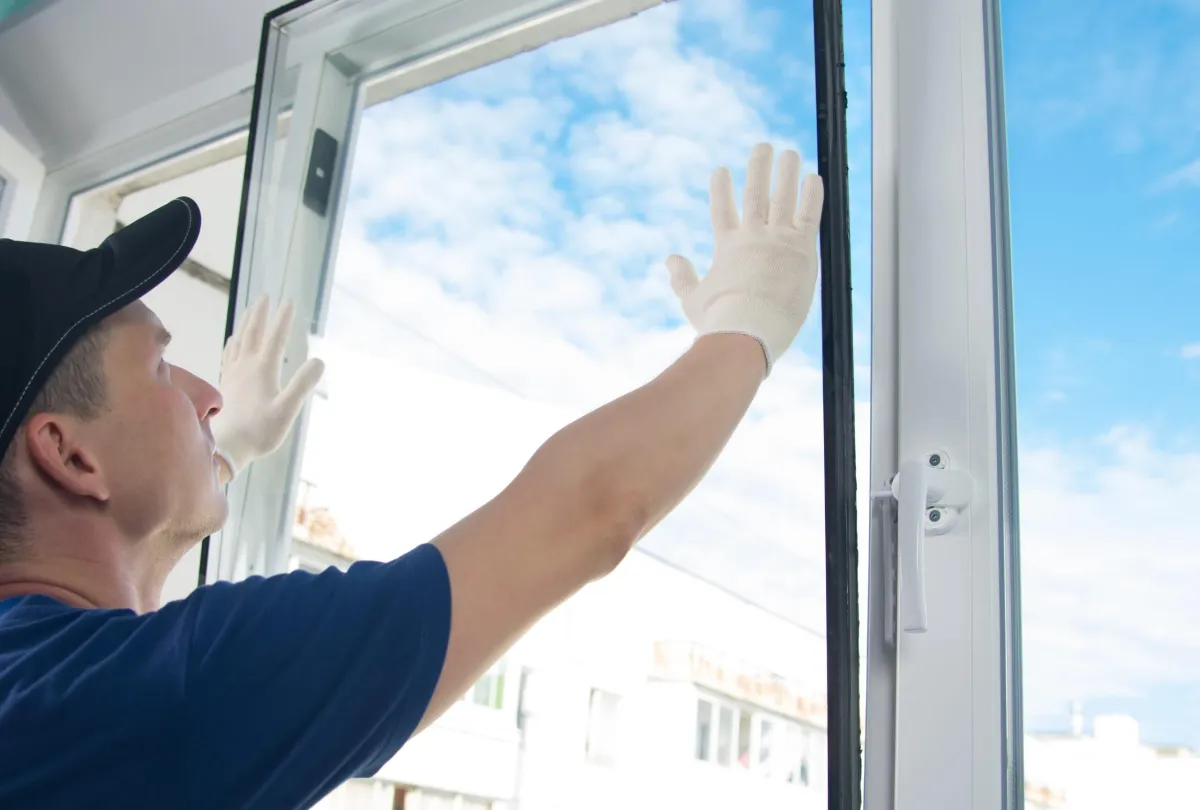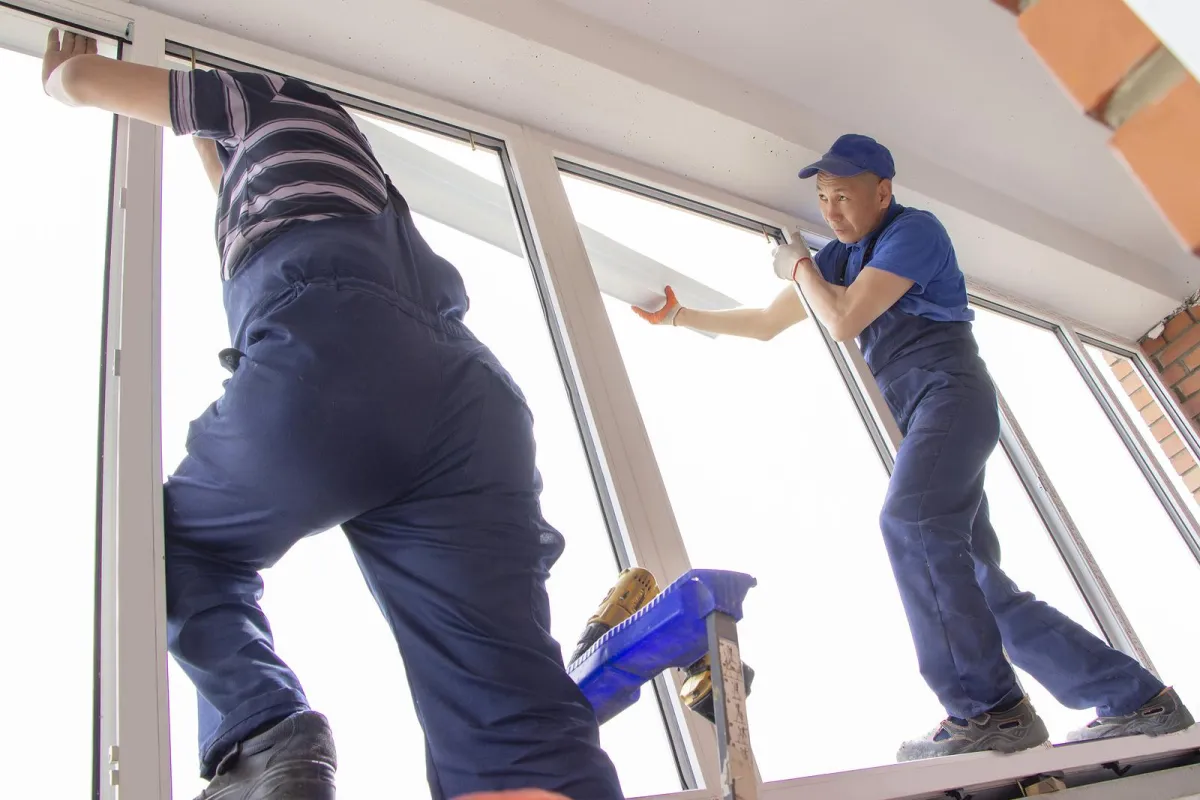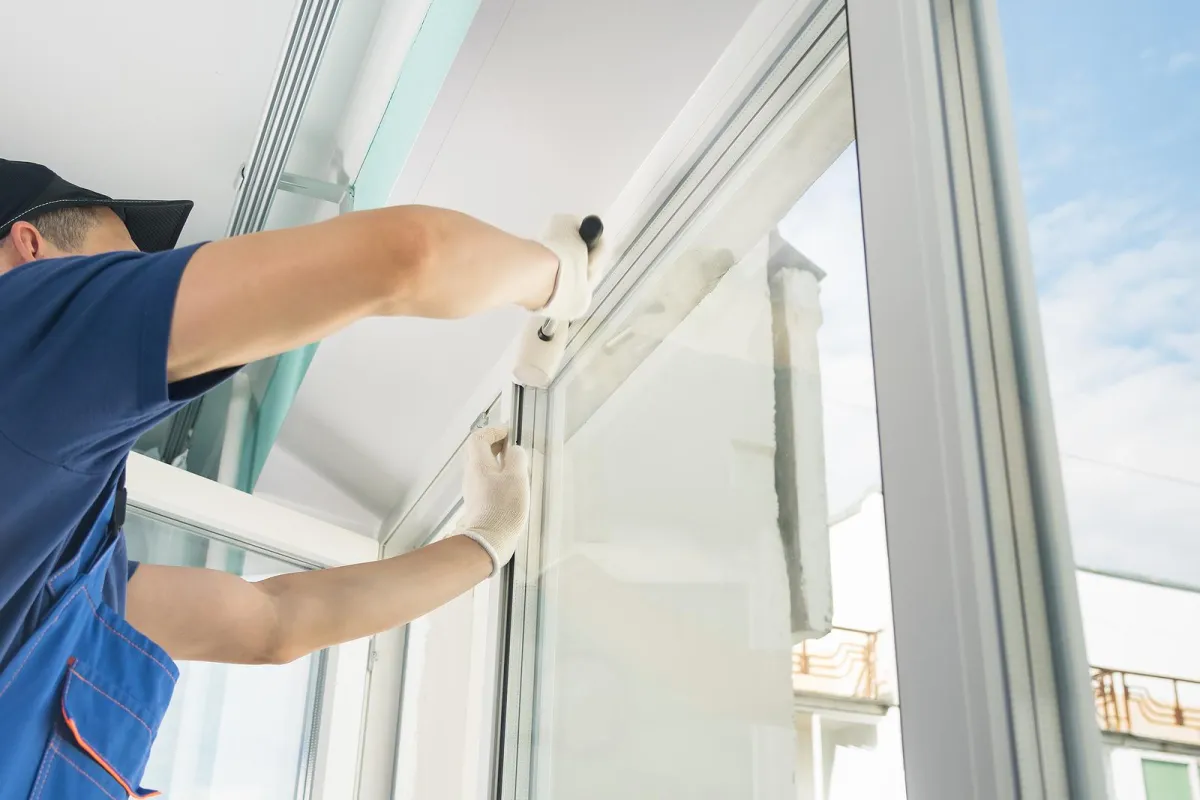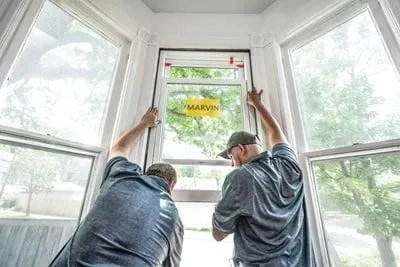Affordable
Window Installations Specialist

No Upfront Payments

Satisfaction Guarantee

Emergency Service

Fixed Right Promise

8 Years Experience
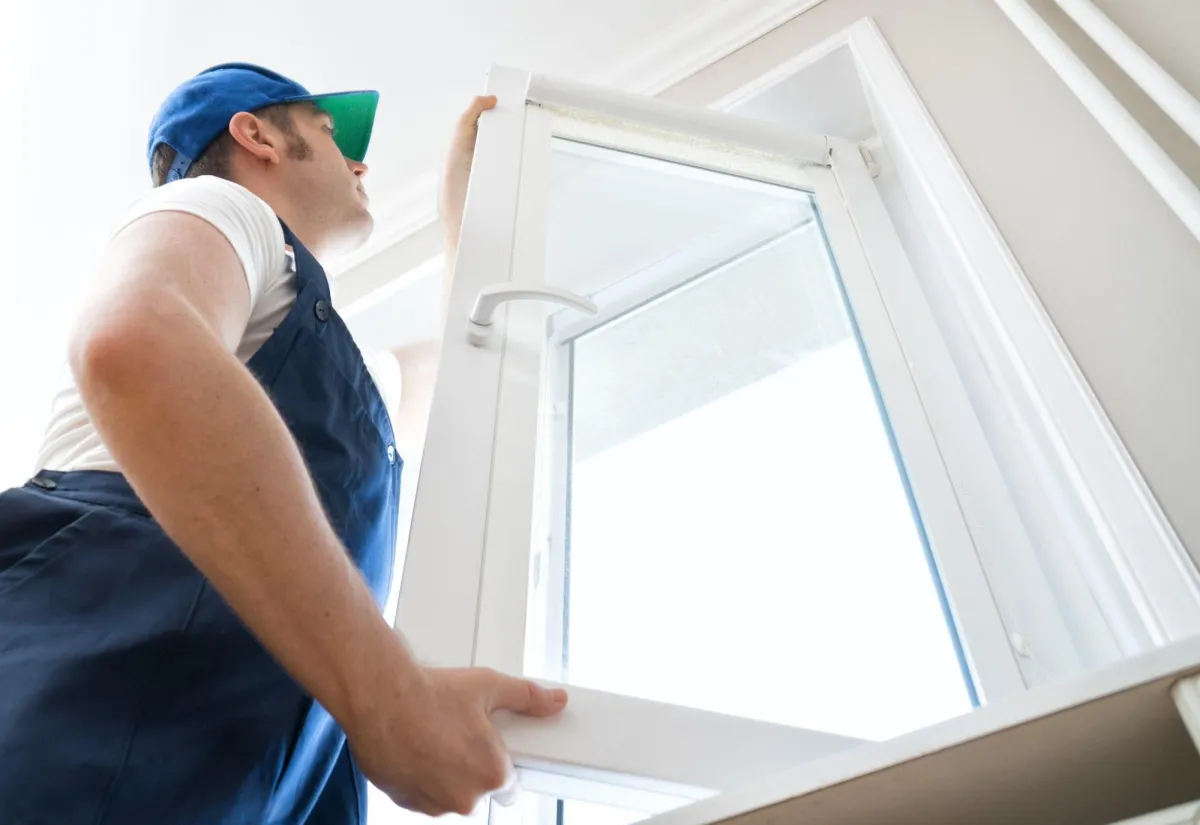
Quality Windows, Affordable Prices
Transform Your Space with Precision and Care
We specialize in providing top-quality window installation services for both commercial and residential properties. Whether you’re upgrading your home’s energy efficiency, enhancing curb appeal, or tackling a large-scale commercial project, we offer professional, reliable, and, as our name suggests, affordable solutions.
Our services
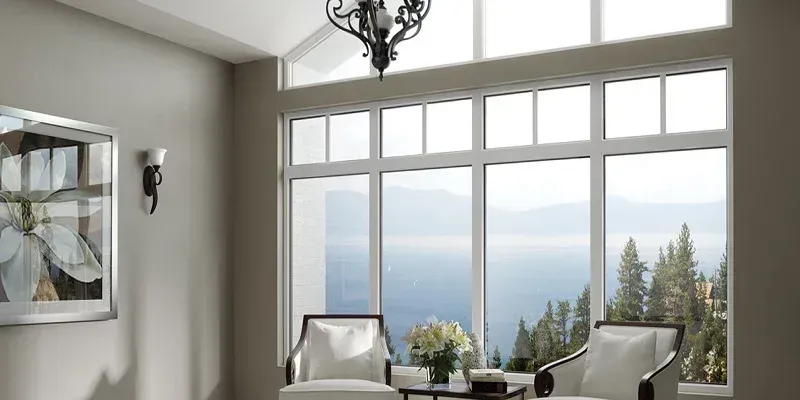
Residential Window Installation
Professional installation of new or replacement windows for homes, enhancing appearance, efficiency, and value.
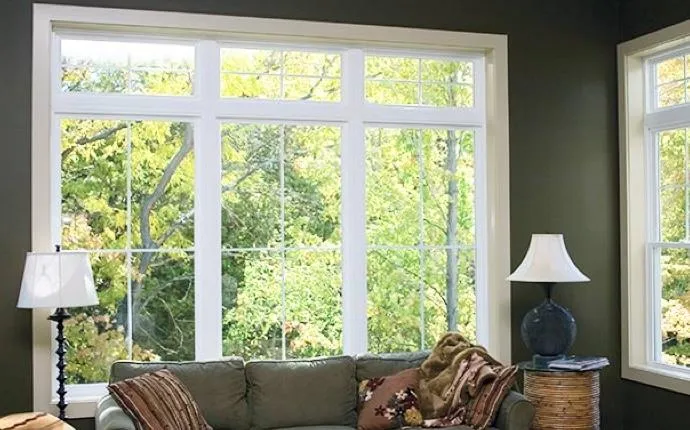
Energy-Efficient Window Upgrades
Installation of windows designed to improve energy efficiency, reducing utility costs and improving indoor comfort.

Window Repair and Replacement
Quick and reliable repair or replacement services for damaged, outdated, or inefficient windows.
No overtime charges, 7 days a week
Number Jobs Completed
8870
Windows Repairs and Install
4760
Windows Repairs and Install
9032
Windows Repairs and Install

Fantastic service from start to finish! The team was professional, efficient, and truly affordable. I love my new windows, and they make a huge difference in energy savings.
Alexandra R.

Affordable Window Installations transformed our office building! They worked quickly, kept to the schedule, and the final results were exactly what we wanted. Highly recommended!"
Michael P.

Couldn’t be happier with my experience! The team was courteous, professional, and answered all my questions. The new windows are beautiful and were installed flawlessly.
Jessica T.






Watch how we work
At Affordable Window Installations, we make it easy and affordable to enhance the look, comfort, and energy efficiency of your home or commercial property. Experience the difference of professional service and high-quality windows designed to stand the test of time. Request a FREE estimate today!
Get a free quote
To request a service call, please fill out the form below
How to select new replacement windows
Energy-Efficient Windows
Windows bring light, warmth, and beauty into buildings and give a feeling of openness and space to living areas. They can also be major sources of heat loss in the winter and heat gain in the summer. In 1990 alone, the energy used to offset unwanted heat losses and gains through windows in residential and commercial buildings cost the United States $20 billion (one-fourth of all the energy used for space heating and cooling). However, when properly selected and installed, windows can help minimize a home's heating, cooling, and lighting costs. This publication describes one option�energy-efficient windows�available for reducing a home's heating and cooling energy requirements.
Controlling Air Leaks
When air leaks around windows, energy is wasted. Energy is also transferred through the centers, edges, and frames of windows. Eliminating or reducing these paths of heat flow can greatly improve the energy efficiency of windows and, ultimately, of homes. Several options are available to reduce air leaks around windows; the least expensive options are caulking and weather stripping, followed by replacing window frames.
Caulking and Weather stripping
Caulks are airtight compounds (usually latex or silicone) that fill cracks and holes. Before applying new caulk, old caulk or paint residue remaining around a window should be removed using a putty knife, stiff brush, or special solvent. After old caulk is removed, new caulk can then be applied to all joints in the window frame and the joint between the frame and the wall. The best time to apply caulk is during dry weather when the outdoor temperature is above 45� Fahrenheit (7.2� Celsius). Low humidity is important during application to prevent cracks from swelling with moisture. Warm temperatures are also necessary so the caulk will set properly and adhere to the surface.
Weather stripping is a narrow piece of metal, vinyl, rubber, felt, or foam that seals the contact area between the fixed and movable sections of a window joint. It should be applied between the sash and the frame, but should not interfere with the operation of the window. For more information on caulking and weather stripping, contact the Energy Efficiency and Renewable Energy Clearinghouse (EREC).
Replacing Window Frames
The type and quality of the window frame usually affect a window's air infiltration and heat loss characteristics. Many window frames are available�all with varying degrees of energy efficiency. Some of the more common window frames are fixed-pane, casement, double- and single-hung, horizontal sliding, hopper, and awning.
When properly installed, fixed-pane windows are airtight and inexpensive and can be custom designed for a wide variety of applications. But, because they cannot be opened, fixed-pane windows are unsuitable in places where ventilation is required.
Casement, awning, and hopper windows with compression seals are moderately airtight and provide good ventilation when opened. Casement windows open sideways with hand cranks. Awning windows are similar to casement windows except that their hinges are located at the tops of the windows instead of at the sides. Hopper windows are inverted versions of awning windows with their hinges located at the bottom. Windows with compression seals allow about half as much air leakage as double-hung and horizontal sliding windows with sliding seals.
Double-hung windows have top and bottom sashes (the sliding sections of the window) and can be opened by pulling up the lower sashes or pulling down the upper sash. Although they are among the most popular type of window, double-hung windows can be inefficient because they are often leaky. Single-hung windows are somewhat better because only one sash moves. Horizontal sliding windows are like double-hung windows except that the sashes are located on the left and right edges rather than on the tops and bottoms. Horizontal sliding windows open on the side and are especially suitable for spaces that require a long, narrow view. These windows, however, usually provide minimal ventilation and, like double-hung windows, can be quite leaky.
Reducing Heat Loss and Condensation
Manufacturers usually represent the energy efficiency of windows in terms of their U-values (conductance of heat) or their R-values (resistance to heat flow). If a window's R-value is high, it will lose less heat than one with a lower R-value. Conversely, if a window's U-value is low, it will lose less heat than one with a higher U-value. In other words, U-values are the reciprocals of R-values (U-value = 1/R-value). Most window manufacturers use R-values in rating their windows.Usually, window R-values range from 0.9 to 3.0 (U-values range from 1.1 to 0.3), but some highly energy-efficient exceptions also exist. When comparing different windows, you should ensure that all U-or R-values listed by manufacturers: (1) are based on current standards set by the American Society of Heating, Refrigeration, and Air-Conditioning Engineers (ASHRAE), (2) are calculated for the entire window, including the frame, and not just for the center of the glass, and (3) represent the same size and style of window.
The following five factors affect the R-value of a window.
The type of glazing material (e.g., glass, plastic, treated glass)
The number of layers of glassT
he size of the air space between the layers of glass
The thermal resistance or conductance of the frame and spacer materialsThe "tightness" of the installation (i.e., air leaks�:see previous discussion)
Types of Glazing Materials
Traditionally, clear glass has been the primary material available for window panes in homes. However, in recent years, the market for glazing�or cutting and fitting window panes into frames�has changed significantly. Now several types of special glazings are available that can help control heat loss and condensation.Low-emissivity (Low-E) glass has a special surface coating to reduce heat transfer back through the window. These coatings reflect from 40% to 70% of the heat that is normally transmitted through clear glass, while allowing the full amount of light to pass through.Heat-absorbing glass contains special tints that allow it to absorb as much as 45% of the incoming solar energy, reducing heat gain. Some of the absorbed heat, however, passes through the window by conduction and radiation.Reflective glass has been coated with a reflective film and is useful in controlling solar heat gain during the summer. It also reduces the passage of light all year long, and, like heat-absorbing glass, it reduces solar transmittance.Plastic glazing materials�acrylic, polycarbonate, polyester, polyvinyl fluoride, and polyethylene�are also widely available. Plastics can be stronger, lighter, cheaper, and easier to cut than glass. Some plastics also have higher solar transmittance than glass. However, plastics tend to be less durable and more susceptible to the effects of weather than is glass.
Storm windows can increase the efficiency of single-pane windows, the least energy-efficient type of glazing. The simplest type of storm window is a plastic film taped to the inside of the window frame. These films are usually available in prepackaged kits. Although plastic films are easily installed and removed, they are easily damaged and may reduce visibility. Rigid or semi-rigid plastic sheets such as plexiglass, acrylic, polycarbonate, or fiber-reinforced polyester can be fastened directly to the window frame or mounted in channels around the frame�usually on the outside of the building. These more durable materials are also available in kits.
Layers of Glass and Air Spaces
Standard single-pane glass has very little insulating value (approximately R-1). It provides only a thin barrier to the outside and can account for considerable heat loss and gain. Traditionally, the approach to improve a window's energy efficiency has been to increase the number of glass panes in the unit, because multiple layers of glass increase the window's ability to resist heat flow.Double- or triple-pane windows have insulating air- or gas-filled spaces between each pane. Each layer of glass and the air spaces resist heat flow. The width of the air spaces between the panes is important, because air spaces that are too wide (more than 5/8 inch or 1.6 centimeters) or too narrow (less than 1/2 inch or 1.3 centimeters) have lower R-values (i.e., they allow too much heat transfer).
Advanced, multi-pane windows are now manufactured with inert gases (argon or krypton) in the spaces between the panes because these gases transfer less heat than does air.Multi-pane windows are considerably more expensive than single-pane windows and limit framing options because of their increased weight.
Window Frame and Spacer Materials
Window frames are available in a variety of materials including vinyl, wood, fiberglass and aluminum. Frames may be primarily composed of one material, or they may be a combination of different materials such as wood clad with vinyl or aluminum-clad wood. Each frame material has its advantages and disadvantages.
Vinyl window frames, which are made primarily from polyvinyl chloride (PVC), and offer many advantages. Available in a wide range of styles and shapes, vinyl frames have moderate to high R-values, are easily customized, are competitively priced, and require very low maintenance. While vinyl frames do not possess the inherent strength of metal or wood, larger-sized windows are often strengthened with aluminum or steel reinforcing bars. Click here for more vinyl replacement window information.
Wood frames have higher R-values, are not affected by temperature extremes, and do not generally promote condensation. Wood frames do require considerable maintenance in the form of periodic painting or staining. If not properly protected, wood frames can swell, which leads to rot, warping, and sticking.Fiberglass frames are relatively new and are not yet widely available. With some of the highest R-values, fiberglass frames are excellent for insulating and will not warp, shrink, swell, rot, or corrode. Unprotected fiberglass does not hold up to the weather and therefore is always painted. Some fiberglass frames are hollow; while others are filled with fiberglass insulation.Aluminum frames are ideal for strength and customized window design. However they conduct heat at a high rate and therefore lose heat faster and are prone to condensation. Through anodizing or coating, the corrosion and electro-galvanic deterioration of aluminum frames can be avoided. Additionally, the thermal resistance of aluminum frames can be significantly improved by placing continuous insulating plastic strips between the interior and exterior of the frame.
Spacers are used to separate multiple panes of glass within the windows. Although metal (usually aluminum) spacers are commonly installed to separate glass in multi-pane windows, they conduct heat. During cold weather, the thermal resistance around the edge of a window is lower than that in the center; thus, heat can escape, and condensation can occur along the edges. To alleviate these problems, one manufacturer has developed a multi-pane window using a 1/8-inch-wide (0.32 centimeters-wide) PVC foam separator placed along the edges of the frame. Like other multi-pane windows, these use metal spacers for support, but because the foam separator is secured on top of the spacer between the panes, heat loss and condensation are reduced. Several window manufacturers now sandwich foam separators, nylon spacers, and insulation materials such as poly-styrene and rockwool between the glass inside their windows.
Additional Options for Reducing Heat Loss and Gain through Windows
Movable insulation, such as insulating shades, shutters, and drapes, can be applied on the inside of windows to reduce heat loss in the winter and heat gain in the summer. Shading devices, such as awnings, exterior shutters, or screens, can be used to reduce unwanted heat gain in the summer.
In most cases, these window treatments are more cost-effective than energy-efficient window replacements and should be considered first. Additional information on window treatments is available from EREC.
About Loazzne
At Lennom, We don’t just provide resi-dential and commercial heating and air conditioning services; we make people’s lives easier. Better.
Get a Quote
Quick Links
About
Services
Contact
© copyright 2024 All Rights Reserved.





